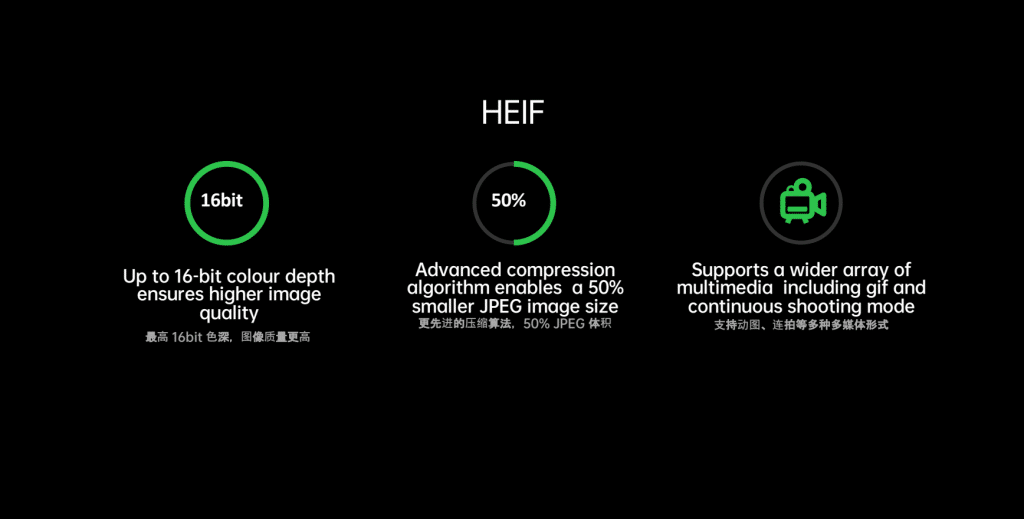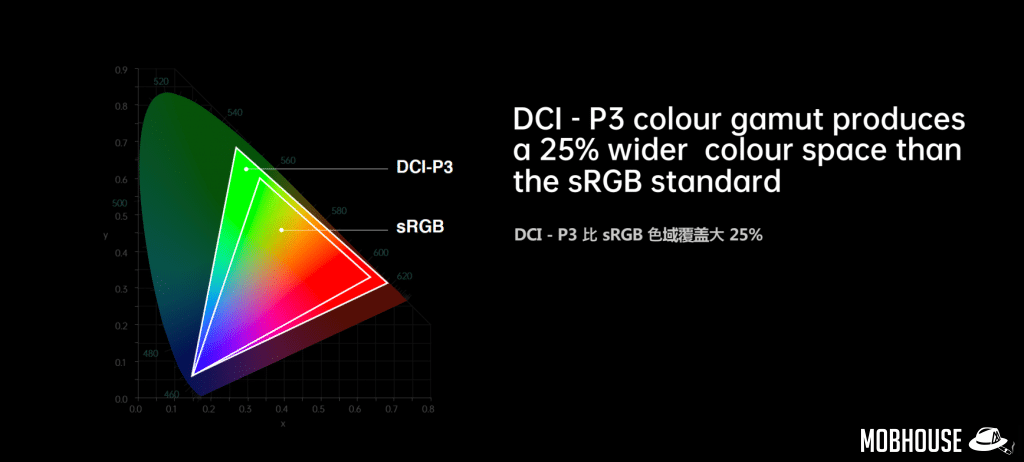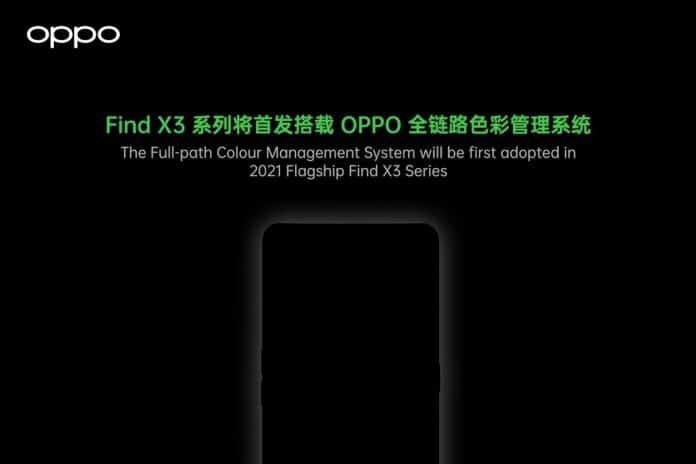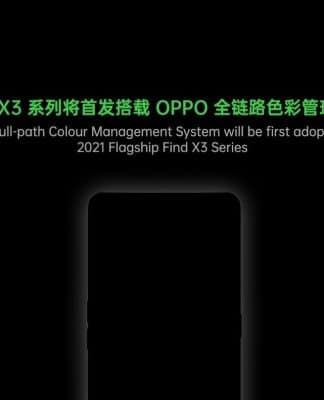OPPO recently announced the official release of its Full-path Color Management System, which will premiere as part of its new flagship Find X3 series smartphones. This system is the very first Android color management system to support the full DCI-P3 wide color gamut and 10-bit color depth from your storage, display, and camera.

“Based on the stellar color performance of the Find X2 Pro, the new Full-path Color Management System has been meticulously developed to support for 10bit image capturing and HEIF format. We aim to deliver to our users a seamless and systematic color experience, which unleashes content creators’ desire to explore, capture and express themselves fully.”
– Bai, OPPO Product Manager
On top of that, OPPO’s Full-path Color Management System is an end-to-end solution, which covers from image acquisition to computation, encoding, storage, decoding, and display, while supporting a HEIF image with 10-bit color depth and DCI-P3 wide color gamut.

As a management system, a higher specification algorithm and hardware are adopted to record color when capturing media. Additionally, OPPO’s R&D engineering promoted algorithms in areas such as distortion correction, multi-frame noise reduction, and perceptual extreme super-resolution. Moreover, OPPO will support image sensors featuring Digital Overlap (DOL) HDR mode. In the DOL-HDR technology, it synthesizes different exposure conditions into an image.
Next, calibration becomes the next important factor. OPPO’s screen calibration enables professional, digital film-grade color accuracy at around 0.4 JNCD, thereby delivering an accurate display on the screen. Also, OPPO’s proprietary algorithm guarantees color gamut compatibility by adjusting the DCI-P3 with the D65 white point at the center of the color space.

In comparison to the depth of 8-bit color, the 10-bit color depth tones down the artificial visual features brought about by gaps in colors. The 10-bit color depth further improves the color gradient to enhance the quality of visual content during creation and post-editing.
Meanwhile, with a size of only around 50% of a JPEG image, the new and powerful HEIF format fully supports a wide variety of multimedia, such as static images, EXIF, depth information, and dynamic videos, thus giving users more creative freedom. It is also worth mentioning that the HEIF format can be further developed to ensure compatibility with respect to ultra-high color depth.
























